The U.S. freight railroad system is the envy of the world. It consists of hundreds of individual railroads and nearly 140,000 miles of track. A humble but important part of that system is the short line freight rail network, which encompasses 600 small business railroads and operates nearly 47,500 route miles — or about a third of the total system. These railroads can be found in 48 states, with some just a few miles long and some stretching for hundreds of miles.
Short line railroads handle one in five cars moving annually at origin or destination, providing service to over 10,000 customers everywhere from rural America to dense urban centers. These railroads are a critical link in the country’s supply chain. Short lines serve every industry, but are particularly critical for energy, agriculture and manufacturing.
Short line railroads are especially known for their first- and last-mile service, which means they function frequently as the first and/or often final link between suppliers and customers who require critical goods and freight. Short lines are also well-known for their ability to provide tailored service to a variety of shippers; short lines make the extra effort to ensure that rail service for any carload size is an efficient transportation option for shippers along their route.
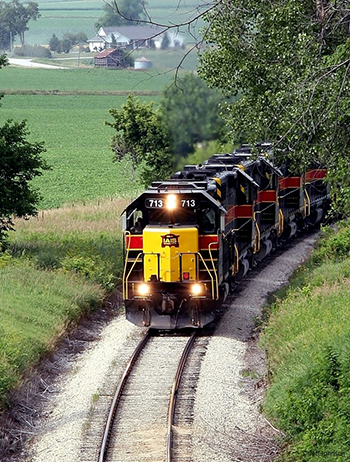
Short lines are small, entrepreneurial businesses, with most employing fewer than 30 people, running an average of 79 total route miles, and earning an average of $7.7 million or less in revenue per year. These businesses are all identified as Class II and Class III railroads by the Surface Transportation Board.1
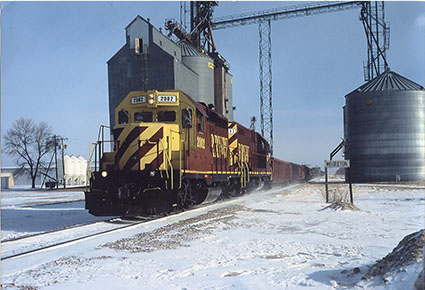
Together, the industry is tied to 478,000 jobs nationwide, $26.1 billion in labor income and $56.2 billion in economic value-add. Approximately 10,000 businesses nationwide rely upon short line freight railroads to get inputs to manufacturing locations, and finished goods to the U.S. and world markets.2
Locally, the availability of rail service provided by short lines is the tipping point for manufacturers and shippers to locate in the area, driving new family-supporting jobs for rural and small-town America. In addition to drawing new business to the region, rail service is critical to preserving jobs and industry in towns across America.
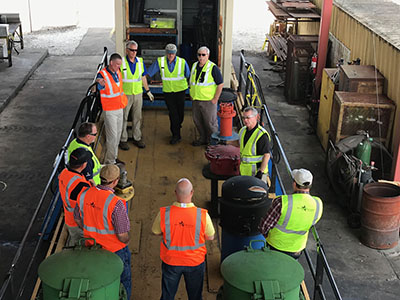
According to Federal Railroad Administration data, train accident and hazmat accident rates are down 42% and 71% respectively since 2000. One indication of short lines’ performance is ASLRRA’s annual Jake Safety Award program, honoring railroads that have had better than industry-average injury frequency rates for person-hours worked. Over the same period, an increasing number of short lines have received “with Distinction” designation, indicating zero reportable injuries for the calendar year. In addition to our Awards Program, ASLRRA provides a variety of programs and training for short line railroad members. Click here for more details.
The rail industry – including short lines – is a sustainable, environmentally-friendly mode of transportation. U.S. Environmental Protection Agency data show freight railroads account for only 0.6% of total U.S. greenhouse gas emissions and only 2.1 % of transportation related sources (trucking, shipping, air, etc.). Moving freight by rail reduces highway congestion, lowering idling emissions and fossil fuel consumption, a 75% reduction in greenhouse gases vs. trucks.
Short lines are committed to doing their part, seeking ways to reduce their environmental impact with the implementation of technology, and operating practices that reduce emissions. Click here to learn more.
Short line freight railroads move critical goods and freight 24/7/365 in an ever-changing and complex, increasingly demanding environment. Well known for their deep understanding of customer needs, short lines are willing to invest alongside them for success. Examples of short line customer success stories are available here. Through all the challenges, short line freight railroads are constantly focused on ensuring that their employees get home safely at the end of each shift, and that the communities they serve are enhanced and made stronger by the service they provide.
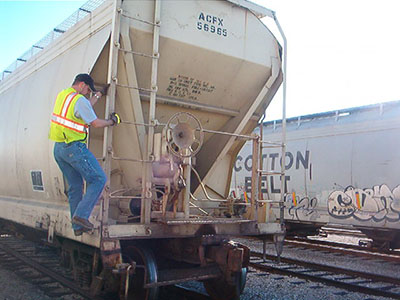
Short lines are owned, managed and staffed by individuals who are integral to the fabric of their local communities. When they’re not moving goods and freight, they’re at the local grocery store, at the PTA meeting, on the ballfield, and in their houses of worship. Because short lines are small business owners, and they live and work in the communities they serve, safety is more than a good business decision, it is a steadfast personal obligation. Click here for more about how our railroad members make a difference in their communities.
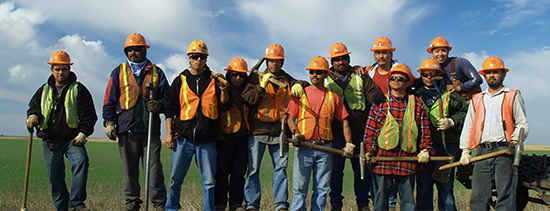
1 The Surface Transportation Board, an independent federal agency responsible for regulating economic activity in the rail industry, defines railroads according to class. Per the 2022 published definition, a Class II railroad has annual revenues between $46,325,455 and $1,032,002,179; a Class III railroad has revenues below $46,325,455. All short line freight railroads meet the definition of small business under NAICS criteria.
2The Section 45G Tax Credit and the Economic Contribution of the Short Line Railroad Industry, PricewaterhouseCoopers LLP (PwC), July 2018.